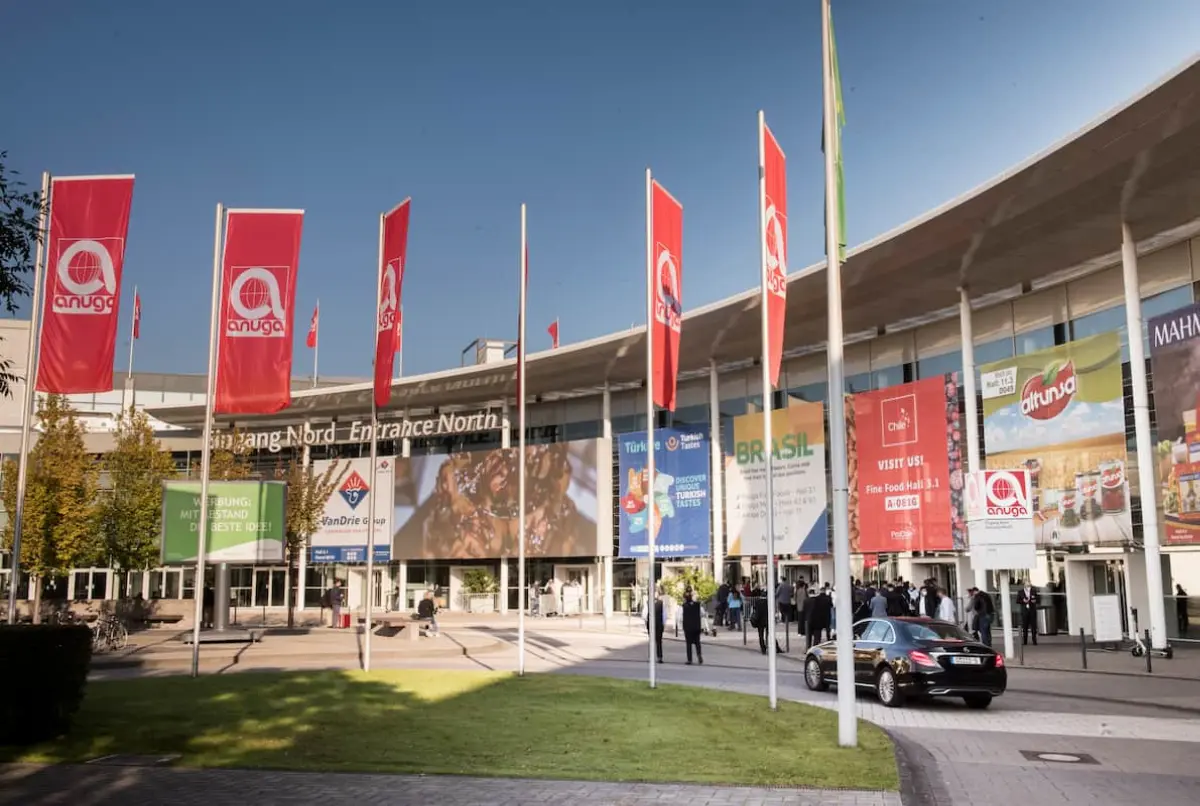
Do you want to access to this and other private contents?
Log in if you are a subscriber or click here to request service
Anuga prepares for "Meat" from Oct. 7 in Koln
Until the 11th the "who's who" of the international meat industry: 800 exhibitors expected

Once again this year, from October 7 to 11, Anuga Meat will bring together the "who's who" of the international meat industry in Koln. There are currently about 600 exhibiting companies at Anuga's specialized trade show for meat, sausage and poultry; however, a total of more than 800 producers in the meat and sausage segment are expected to be there by the start of the show.In order to live up to consumer...
fc - 32887
EFA News - European Food Agency
EFA News - European Food Agency